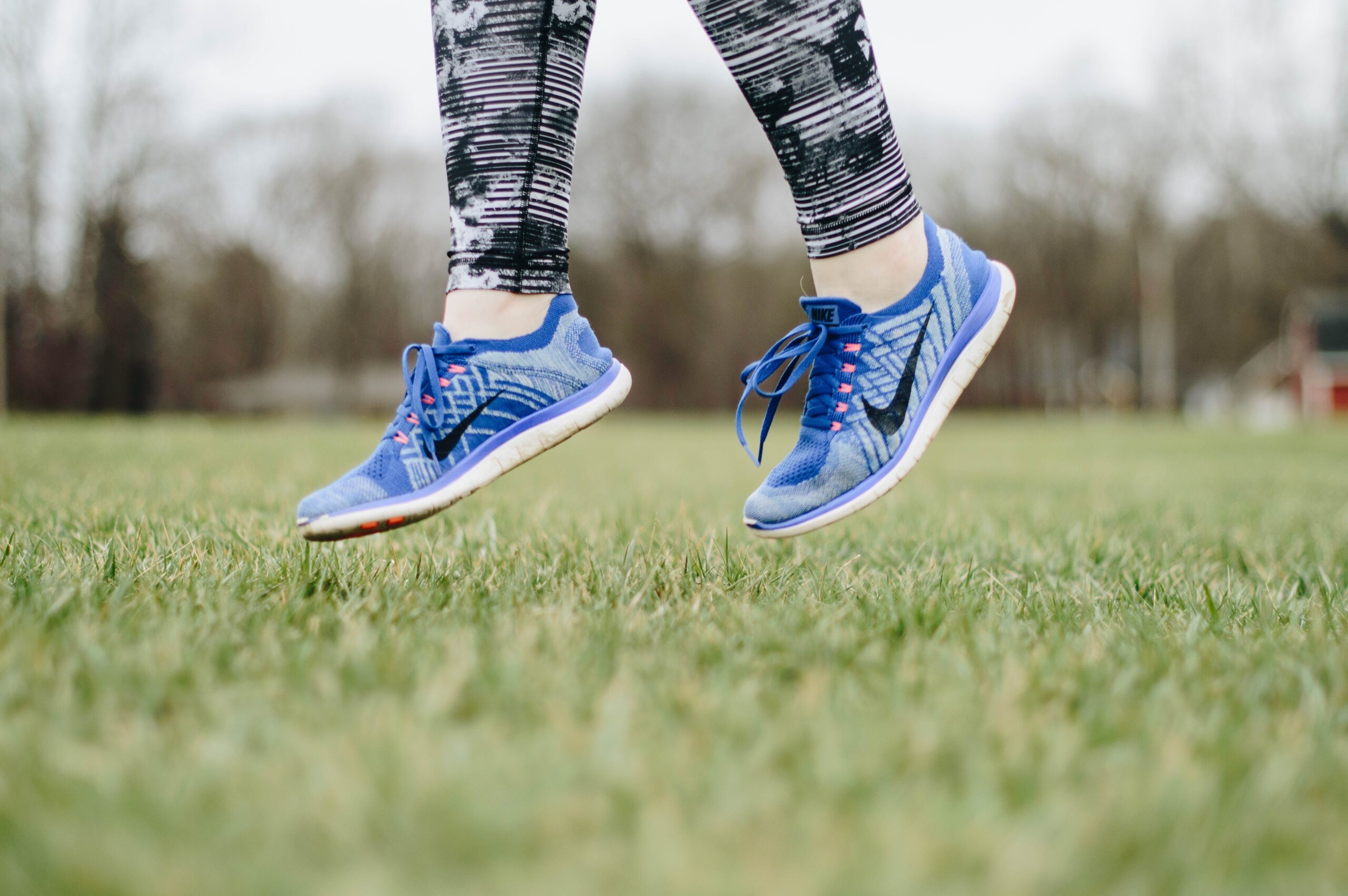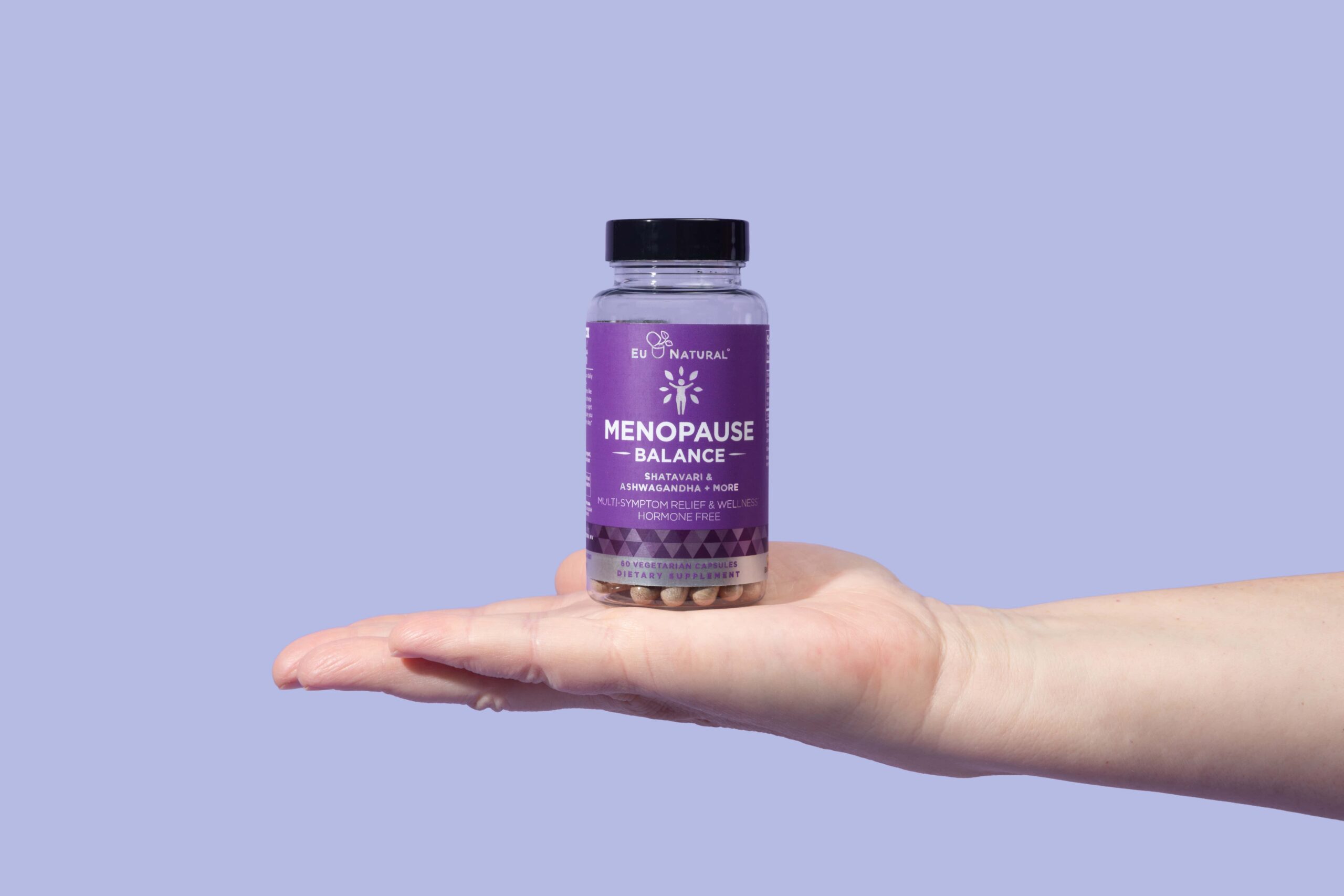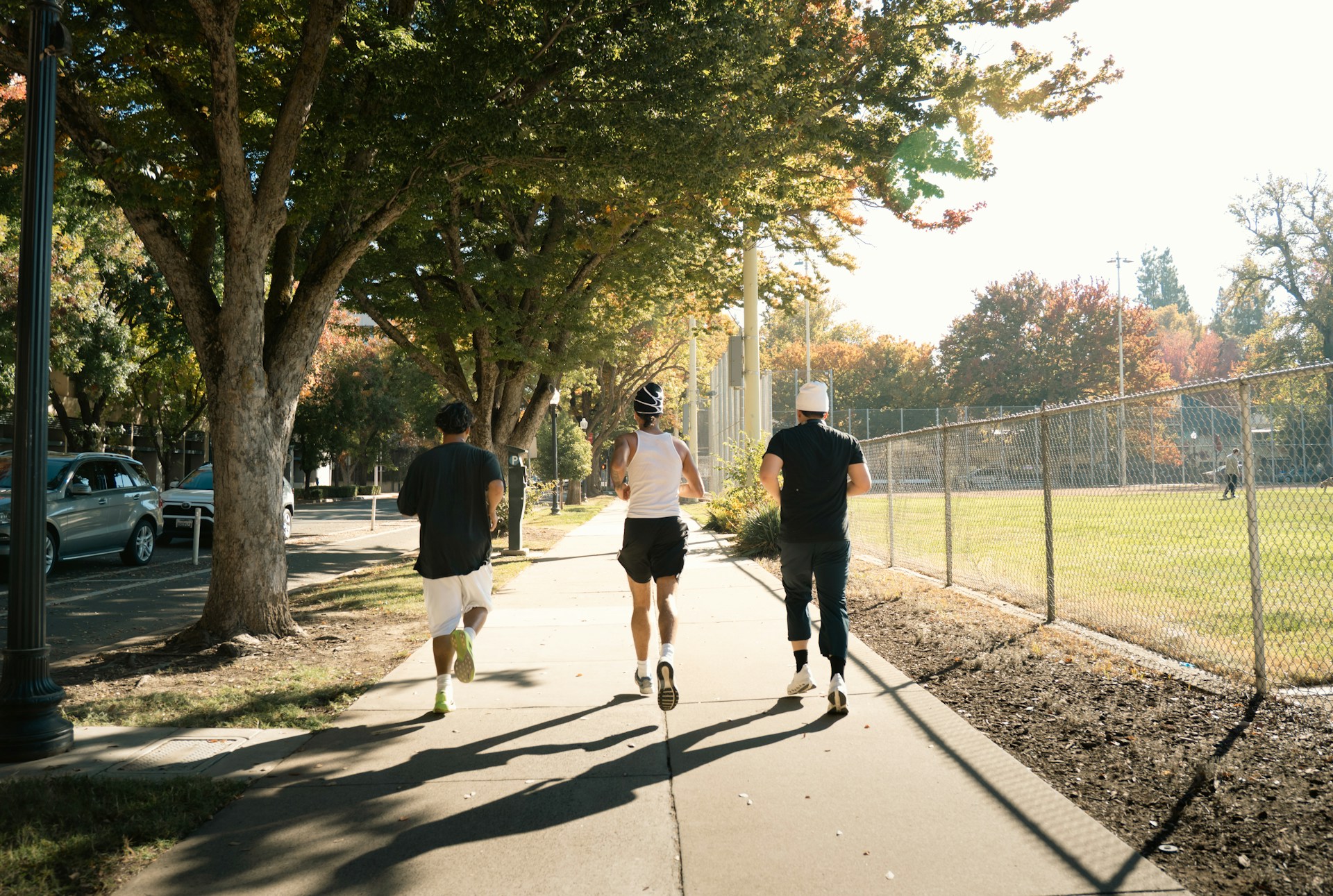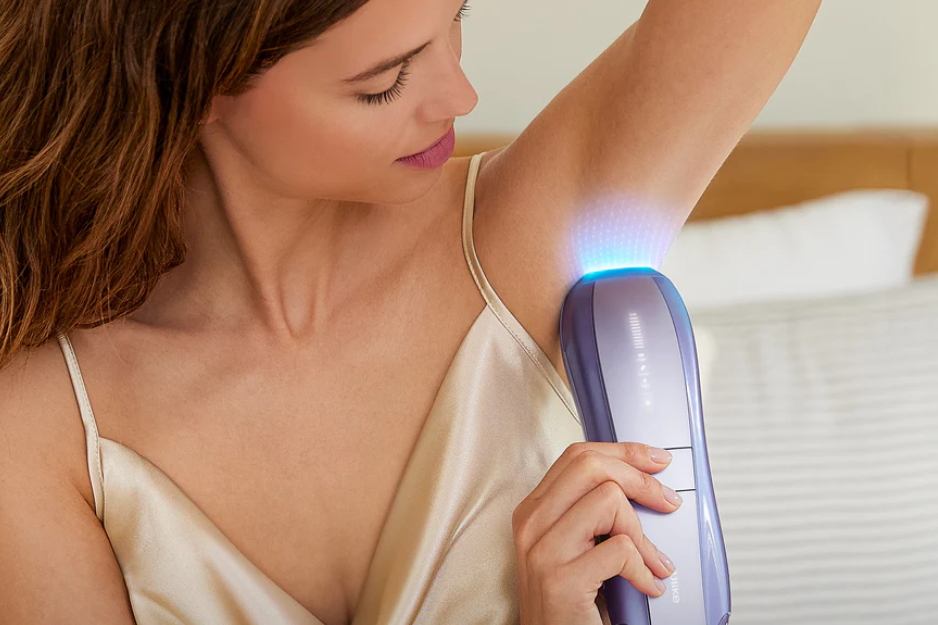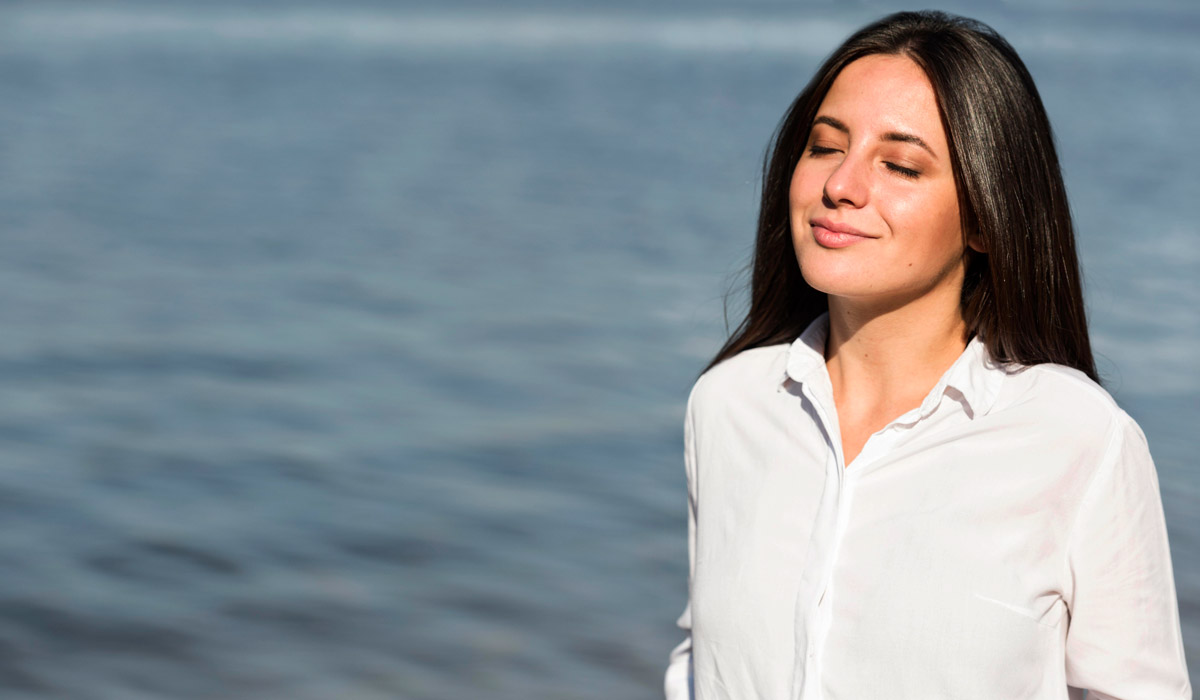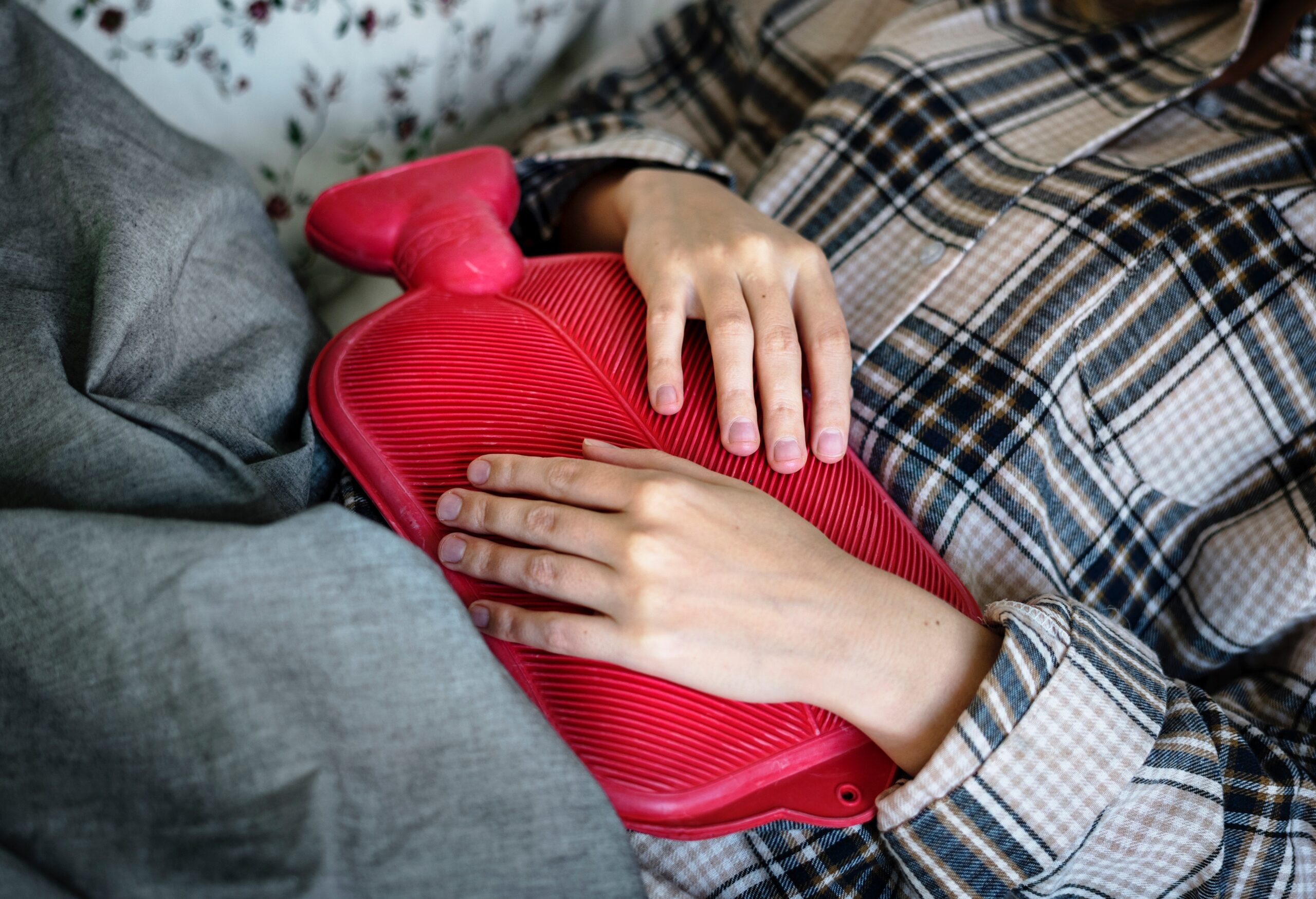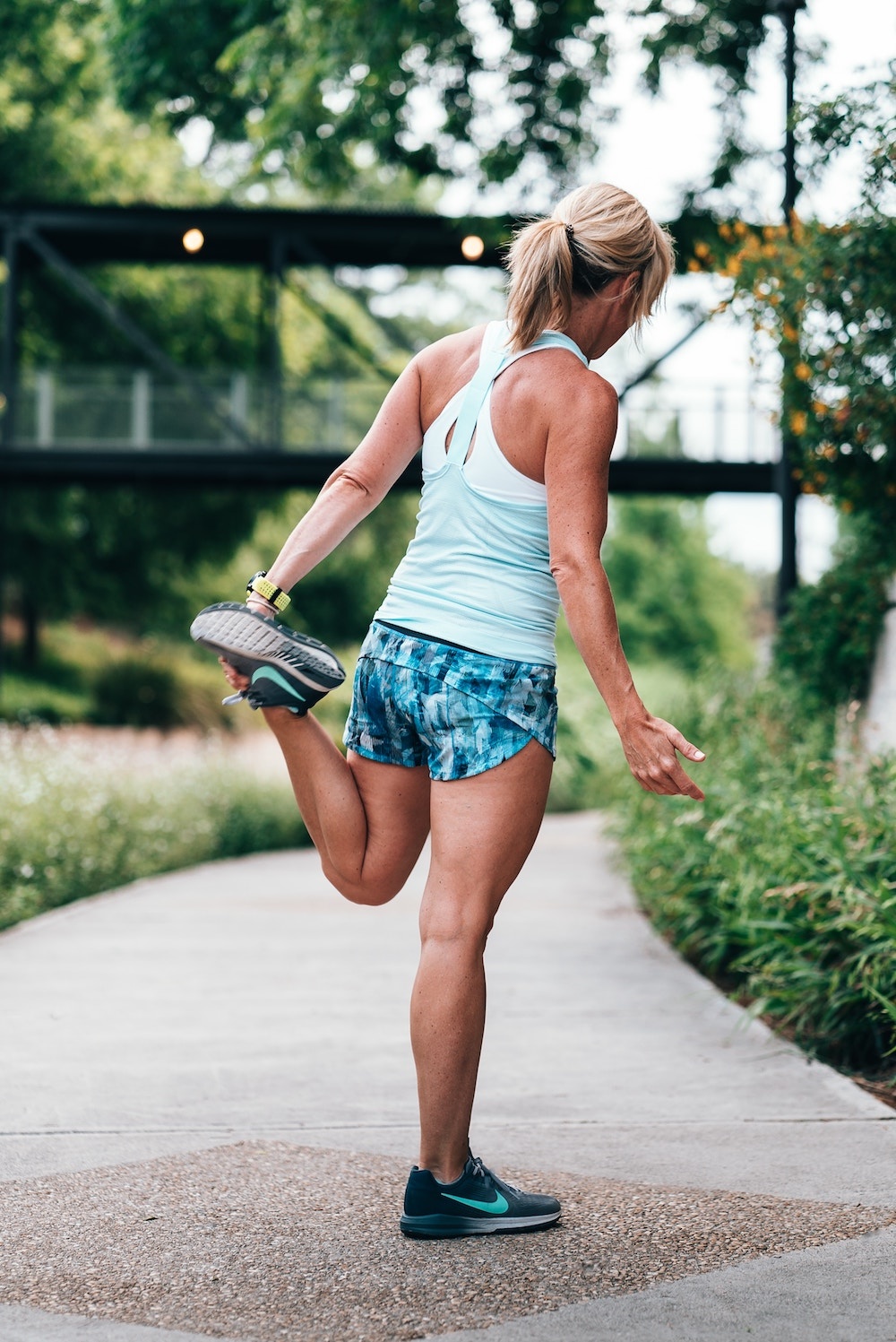With spring around the corner, it’s the ideal time to start running routine or recommit to one. If you are a beginning runner or haven’t hit the pavement in a while, you probably need new running shoes, but going out and shopping for them can be an intimidating experience. So many choices! Will the sales people think you’re not a “real” runner? Do you even need new shoes? Maybe there’s an old pair at the bottom of your closet…
I know exactly how that feels. For the last few years, I’ve only run sporadically—maybe a couple times a month. I’ve rotated a few pairs of the same Saucony Guide shoes that I purchased between five and ten years ago, convincing myself that if I let them “rest” long enough they would “plump up.” I loved that shoe, it fit my wide-ish feet and had a comfy bounce. When the brand did a significant revamp on my favorite model, I scoured the internet for a couple more pairs left from past seasons and after that, never upgraded. The dirtier and more worn out they became, the less I ran. I’m not sure if my sore left instep, tweaky right knee, and fragile lower back can be attributed to jogging with beat up shoes, but they aren’t certainly couldn’t have helped. One by one, I took each pair with me on vacation and threw them in the hotel dumpster when it was time pack up and go home.
And then there were none. I accepted that it was time to woman up and take a trip to the running store. Consider me your guinea pig choosing the right running shoe for your precious feet.
I feel fortunate to have a small, friendly store, Jackrabbit Sports, nearby. They are set up to record you running on a treadmill and evaluate your gait and foot strike. Try to find a store with this service. If you can’t however, my patient salesperson, Gigi Polizzi, offered practical tips for finding the right shoe that anyone can follow—even if you’re ordering a shoe online.
Stick with what works
Don’t be seduced by the latest style or technology. Just because it’s on a magazine’s hot list, doesn’t mean it’s your dream shoe. If your go-to model has been discontinued, bring your old shoes to the store and describe what you like about them to the salesperson. They can recommend something similar. Polizzi says it’s not a bad idea to buy a second pair of a model you are crazy about, especially if you can catch it on sale.
If the shoe fits
Don’t get stuck on what size you (think you) are. Polizzi says that people get hung up about sizes but every brand of shoe is different. For example, I’m a 8.5 in dress shoes, 9 in Brooks, and 9.5 in Saucony. Also, she points out that your running shoe should have about a half inch of space at the end of the toe box. When you run, your feet swell. If the shoes are hitting your longest toe at the store, they will be killing you at mile three. And then your toenails might fall off.
The heel though, should be snug. That’s snug, not tight. Too loose or too tight will mangle your heels. If there is a little slippage, you can use the “runners lace” to pull it forward. Here is a diagram and some other clever lacing techniques as well.
Are you having trouble with width? Try out a men’s shoe. Men’s standard running shoes are a D width (wide) and women’s shoes are a B width (medium). Bear in mind that if you have small feet, women’s 7.5 or under, you may not be able to find the right size in a men’s shoe which start at men’s size 6 (they run 1.5 sized larger). Looking online for a wider version of shoe that’s otherwise comfortable might be the way to go since most stores can’t stock a huge array of widths.
This may sound obvious but you should try on running shoes with running socks. By running socks, I don’t mean thick, cotton gym socks (the kind I ran in this morning, before going to JackRabbit). Running socks are made with wicking fabrics and contour the foot to help them fit sleekly into your shoes. Cotton holds moisture and can lead to foot odor and allow friction. You know what comes next right? The dreaded blisters.
Have your gait analyzed
Polizzi revved up the treadmill and videoed my lower legs and feet from behind as I ran. There it was, right on the tablet screen: my ankles roll in when my feet strike the ground causing me to over pronate.
Bio-mechanically, its’ normal to pronate a bit to absorb shock. Too big of an angle inward can lead to injuries such as runner’s knee and plantar fasciitis. Polizzi steered me toward “stability” shoes which help correct that roll and take pressure of the arches and said I might also benefit from a supportive insert.
Stick with a “neutral” shoe if…
… you don’t over-pronate. Supination, when your ankle and foot roll out, is pretty rare, but there are shoes designed to account for that too, they are generally lighter and more flexible. Most brands have detailed guides to the features their different models offer and explain what would work best with your anatomy.
How Does it Feel?
People with flatter feet tend over pronate and those with very high arches tend to supinate. There is mileage to consider, the surface you are going to run on, and your body size. But choosing your ideal shoe doesn’t have to be all that complicated. Ask yourself, does it feel good? Polizzi says people ask her what the best shoe is and she replies, “You tell me.” Do you like two different models? Put one on either foot and take them for a spin around the store or on the treadmill. I compared the latest version of my old Saucony’s with a pair from Brooks and another produced by a newish, high tech Swiss company called On Cloud. Based on looks, I would have bought bought the sexy European pair, but the springy, light Brooks made my feet the happiest.
We all make mistakes. Perhaps the jazzy indigo kicks you thought would help you speed around the park cause your feet to silent scream when you are actually running in the park. Before you slap down your credit card, check the store’s athletic shoe return policy. Polizzi said I had 30 days to return mine as long as I didn’t “run through a lot of mud or lava.” She also recommended that I replace my shoes after 300-400 miles to help prevent injury, sooner if they feel like they have lost their bounce or the bottoms look worn. On your mark, get set….

